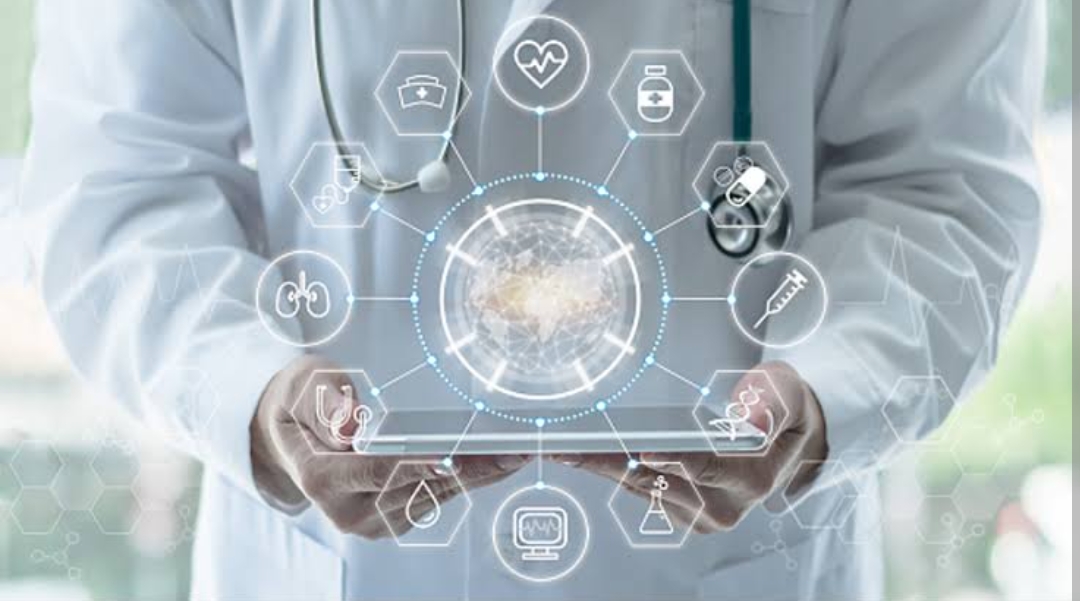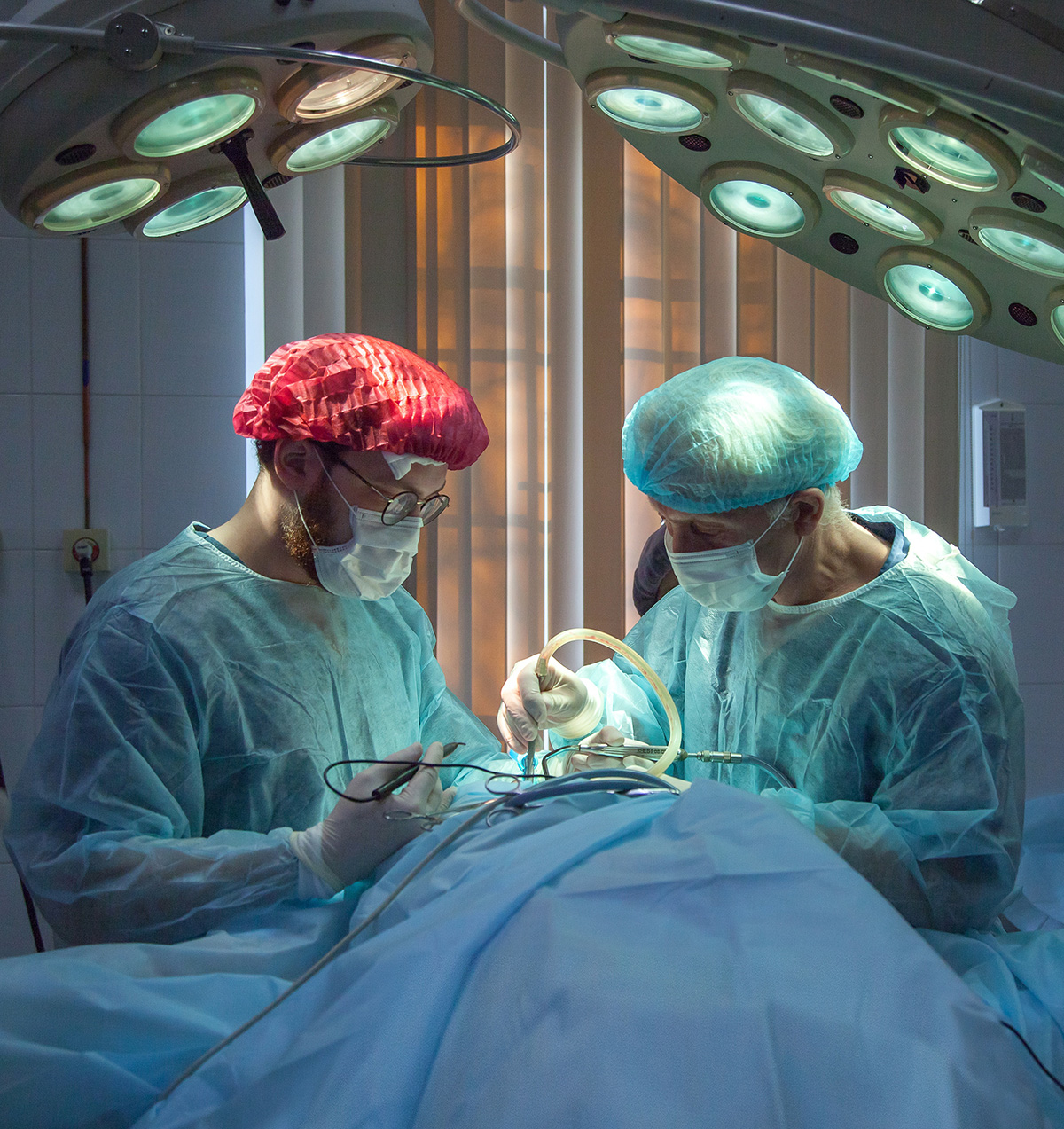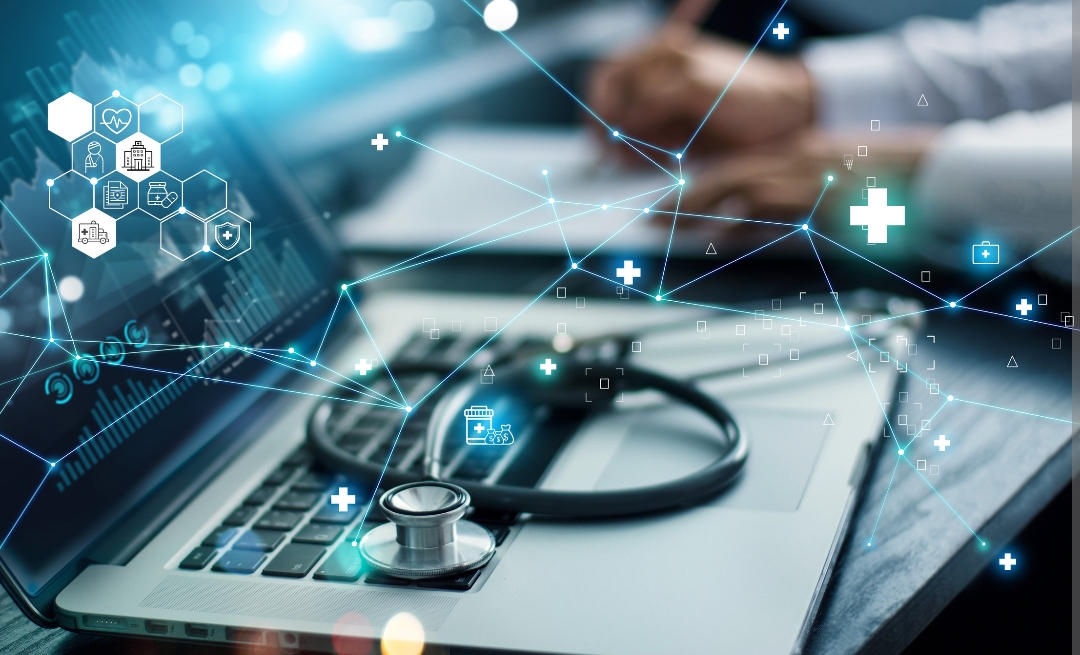
Innovation in Healthcare Will Transform Patient Experiences
Innovation in healthcare has and will continue to, dramatically transform patient care and experiences. The global pandemic threatened to overwhelm healthcare providers. Healthcare innovators, however, thrived as they searched for approaches to keep providing high-satisfactory care and maintain a team of workers and patients safe while keeping essential revenue streams.
The last years required digital healthcare to scale — the subsequent step for carriers is to dig deeper into the affected person revel in. The modern generation of sufferers shops for healthcare in a vastly different way from those in the past. Healthcare is now a consumer-centric market, as sufferers are trying to find care on the quality and price standards that work for them. Changing guidelines make it easier for patients to price shop, understand their in- or out-of-network options, compare a care provider’s reputation, and are trying to find alternatives. On the issuer side, there is still some work to do — specifically growing a more integrated experience that allows all components of the medical institution to run smoothly. Disruptive innovation in healthcare will form both patient care and the patient experience, as healthcare carriers try to maintain doctors’ schedules booked and hospitals running efficiently at complete capacity. The cost of virtual healthcare is now firmly planted in the brains of executives.
The healthcare enterprise is ripe for new patient-empowering technology. Where, while, and what technology will emerge stays to be seen, however, there are numerous key regions wherein we can expect disruptive innovation in healthcare.
Internet of Things. There are almost infinite use instances for IoT in any enterprise. Healthcare is no exception, both in terms of patient care and patient experience.
Remote patient monitoring (RPM) is one area of developing want as healthcare carriers evolve and the factor of care expands. Any time a healthcare issuer can screen a patient’s health without requiring an office visit, they could upload to the revenue stream and make care suggestions with no overhead — frequently at a value financial savings for sufferers. IoT gadgets can accumulate all styles of precious affected person statistics and have become greater state-of-the-art and ubiquitous. Providers can monitor a variety of different criteria, such as:
- body temperature
- blood pressure
- glucose levels
- sleep patterns
- heart rate or rhythm
- blood oxygen levels
- weight/body-fats percentages
Wearable health tracking devices additionally exist for numerous exceptional types of affected person demographics for ordinary or emergency use, inclusive of pregnant women, aged sufferers, and children with precise clinical needs. Additionally, recreational wearables are increasingly common in households, as they could offer precious facts approximately the wearer’s vital or fitness statistics.
However, the proliferation of those devices, not to mention the wide variety of environments wherein sufferers will use them, create a significant challenge for healthcare IT departments. Some patients live in areas with slow cloud upload/download speeds; others may live or work in areas with intense climate conditions, at some point of which the tool has to continue to paintings. IoT is one disruptive innovation in healthcare that will keep expanding and keep to require a heavy emphasis on testing. If you skimp on charges or rush to the finish line, you risk the viability of the product in the long term.
Photo by Total Shape from Pexels












